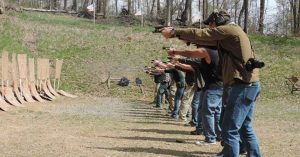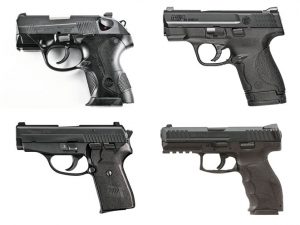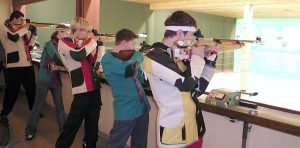Best Ammo for Competition Shooting
Competition shooters use a variety of ammunition to achieve the best possible score. Regulations for competitive matches do not specify what ammunition should be used. Long time competitors and serious firearms enthusiasts use wildcat rounds, loading their ammo rather than relying on factory brands. However, novices shoot factory ammo most often, as it is less expensive. Others prefer factory ammo because of the reliability.
Choosing Ammunition
The governing bodies of shooting competitions do not recommend specific brands of ammunition, but they do have guidelines. Shooters may reload their ammunition or use factory brands. However, experts give recommendations to newcomers on choosing the right ammo for the right match. Seasoned shooters have preferences as to the caliber they shoot, so it is wise to ask several different people for advice. A 9mm enthusiast won’t give good intel on shooting a .357 Magnum, just as a fan of a .45 ACP probably won’t have an opinion on the best .22 LR.
Compatibility
Guns deliver ammo in different ways, so it’s important to find ammo that is compatible with your gun. Shooters use different guns for different competitions, so it’s likely that the ammo will change as well. Experts show newcomers the importance of finding ammo that their guns like, meaning that they will perform as expected without misfires or jams.
Reliability
Shooters rely on their guns and ammo to perform every time, so reliability is a crucial part of choosing the right ammo. Competitors dealing with misfires and other issues get distracted and could possibly lose the match. Besides, using an unreliable tool is an annoyance.
Consistency
Consistency goes hand in hand with reliability. Competitors need a round that will perform correctly, not only the first time, but every time. The ammo must fire properly and maintain accuracy throughout each shot and each round if the shooter has any hope of winning. Smart shooters pay attention to grain as a way of gauging a consistent and accurate round.
Accuracy
A gun determines its accuracy. This means that a gun with a heavy recoil tends to be less accurate than a lighter gun since it can throw off your aim. Competition shooting is about hitting the target, not taking down an assailant. For that reason, choosing a smaller caliber, such as a .22 LR or 9mm may deliver the best results in certain categories.
Cost
Competition shooting requires many hours of range practice. Therefore, shooters use a massive amount of ammo. Buying ammo in bulk is the best way to go to reduce cost. Competitors using large calibers find that buying bulk or surplus ammo can save a great deal of money. Wildcatters also have an advantage if they are able to buy their supplies at a discount price.
Seeking Advice
New competitors often seek advice from seasoned shooters on the range or at competitions. Old timers are happy to share their experiences, including what ammo might work best for your particular event.




